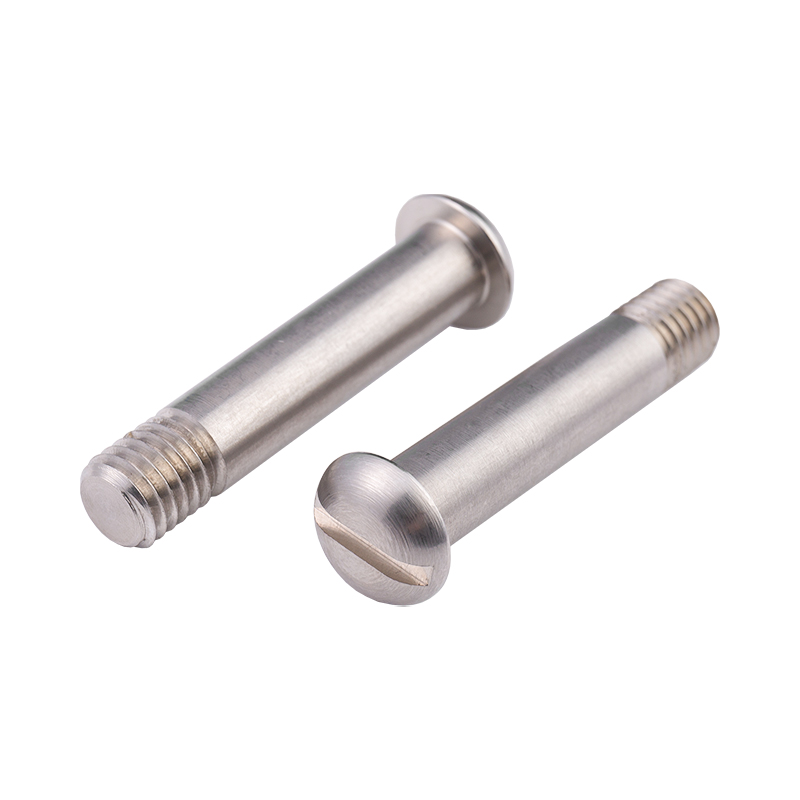-
CBB61 1.2uF/400V Black Film CapacitorsThe CBB61 1.2uF/400V capacitor features a black casing with black dielectric material, measuring 37mm × 24mm × 13mm. It includes mounting holes for se...
-
CBB61 1.5uF/400V CapacitorsThe CBB61 1.5uF/400V capacitor shares the 37mm × 24mm × 13mm black casing and black dielectric material with its 2.0uF counterpart. It also features m...
-
CBB61 2.0uF/400V CapacitorsThe CBB61 2.0uF/400V capacitor comes in a black casing with a black dielectric material, measuring 37mm × 24mm × 13mm. It includes mounting holes for ...
-
CL21 155/400V CapacitorsThe CL21 155/400V capacitor measures 22.5mm × 17.5mm × 10.3mm and is designed with a brown encapsulated casing, offering robust insulation and environ...
-
CL21 105/630V CapacitorsThe CL21 105/630V capacitor has dimensions of 22mm × 12.5mm × 7mm and features a brown encapsulated design, providing enhanced insulation and mechanic...
-
X2-104uf/305V CapacitorsThe X2-104uF/305V capacitor measures 18mm × 12mm × 11mm and features a yellow shell and yellow dielectric material, ensuring reliable insulation and l...
How does the shape of the semi-circular head of the bolt contribute to its ability to distribute load and provide secure fastening in mechanical systems?
Industry News-The shape of the semi-circular head of the bolt plays a significant role in enhancing its ability to distribute load and provide secure fastening in mechanical systems.
Content
1. Even Load Distribution
The semi-circular head has a smooth, rounded surface that helps distribute the load more evenly over a wider area. Unlike flat or angular heads, which concentrate pressure at sharp edges, the rounded shape of the semi-circular head allows the load to be spread across the curve. This even distribution minimizes the chances of creating stress concentrations, which can lead to material deformation, cracking, or failure. By reducing localized stress, the semi-circular head ensures that the components being fastened remain intact under higher or fluctuating loads.
2. Increased Contact Area
The curvature of the semi-circular head increases the contact area between the bolt and the surface it secures. The larger contact area allows the bolt to create a stronger grip and more secure fastening by making better use of the material’s strength. This is especially important in applications where high load-bearing capacity is required. With a larger contact surface, the bolt can resist external forces such as shear or torsion, which might cause loosening or shifting in mechanical systems. This makes the fastener ideal for applications where stability and reliability are critical.
3. Resistance to Surface Damage
A rounded semi-circular head is less likely to damage the surface it is fastening, compared to sharp-edged bolt heads such as hexagonal or square types. When tightening or loosening a bolt, sharp edges can leave marks or gouge the material, which weakens the overall structural integrity. The smooth curve of the semi-circular head minimizes this risk and preserves the integrity of the components, preventing unnecessary wear and tear. This property is particularly beneficial in systems where surface appearance or smoothness is important, such as in architectural, aerospace, or automotive applications.
4. More Consistent Torque Application
The rounded shape of the semi-circular head also facilitates a more consistent application of torque during tightening. When a wrench or tool is applied, the curve allows for more even contact across the head, reducing the likelihood of applying uneven pressure. This leads to a more precise and controlled tightening process, which ensures that the bolt is securely fastened without over-tightening or under-tightening. In mechanical systems, consistent torque is crucial for maintaining the integrity of the fastener and preventing issues such as thread stripping or joint failure.

5. Improved Stress Resistance and Fatigue Management
The smooth curve of the semi-circular head offers better resistance to stress and fatigue under dynamic or repetitive loading conditions. Mechanical systems that are subject to vibrations, heavy torque, or fluctuating forces benefit from a fastener that minimizes stress concentration. The rounded design ensures that stress is not concentrated in one specific area, which could lead to material failure over time. In applications where the fastener is exposed to cyclic loading, such as in engines, machinery, or structural components, the semi-circular head helps to prolong the lifespan of both the fastener and the parts being secured.
6. Enhanced Tool Compatibility and Handling
The semi-circular head can improve how the fastener interacts with tools during installation and removal. Many semi-circular head bolts are designed with a specific tool grip pattern, which enables the user to apply a more effective and controlled force. This helps prevent slippage, which is common with bolts that have flat or angled heads. Additionally, the smooth, rounded surface reduces the likelihood of tool damage and enhances overall ease of use. This is particularly beneficial in environments where fasteners need to be installed and removed frequently or in tight spaces where precision is necessary.
7. Preventing Loosening or Slippage
Another benefit of the semi-circular head is its ability to resist loosening under extreme conditions. Due to the rounded head, the bolt can maintain a firm grip on the material, preventing vibrations or other forces from causing it to back out or loosen. This feature is vital in machinery or mechanical systems that experience continuous motion or where high forces are applied to the fasteners. In contrast, bolts with more angular heads may be more prone to loosening, especially if the torque applied during installation is inconsistent or if there’s movement in the assembled parts.



 русский
русский Español
Español